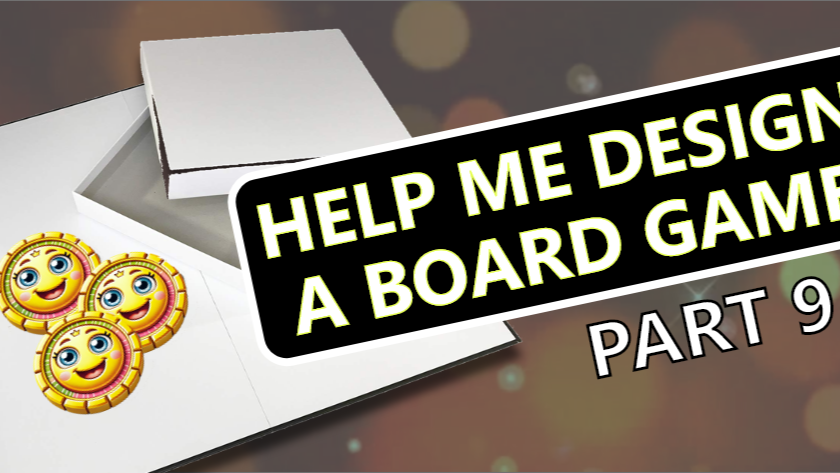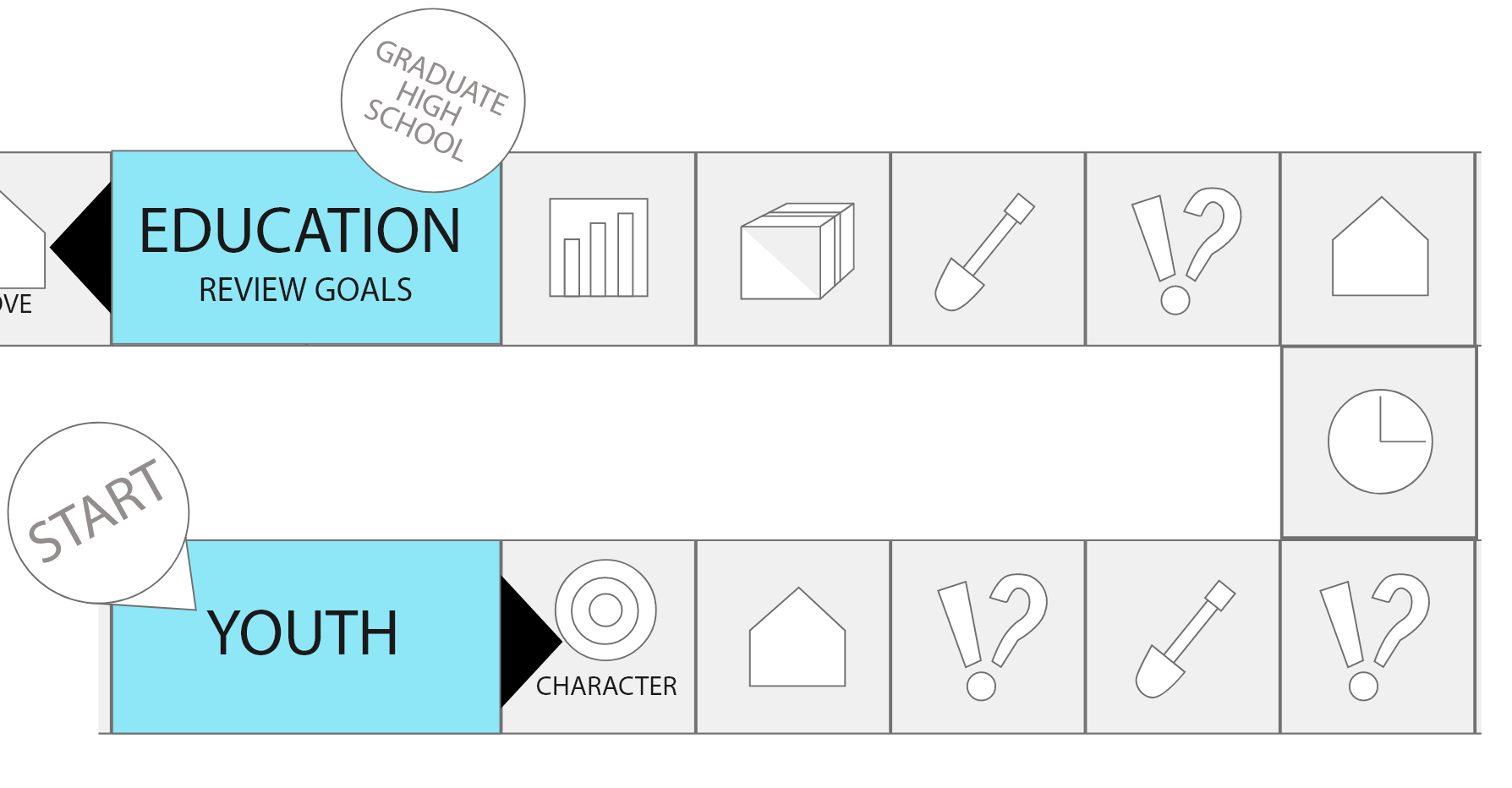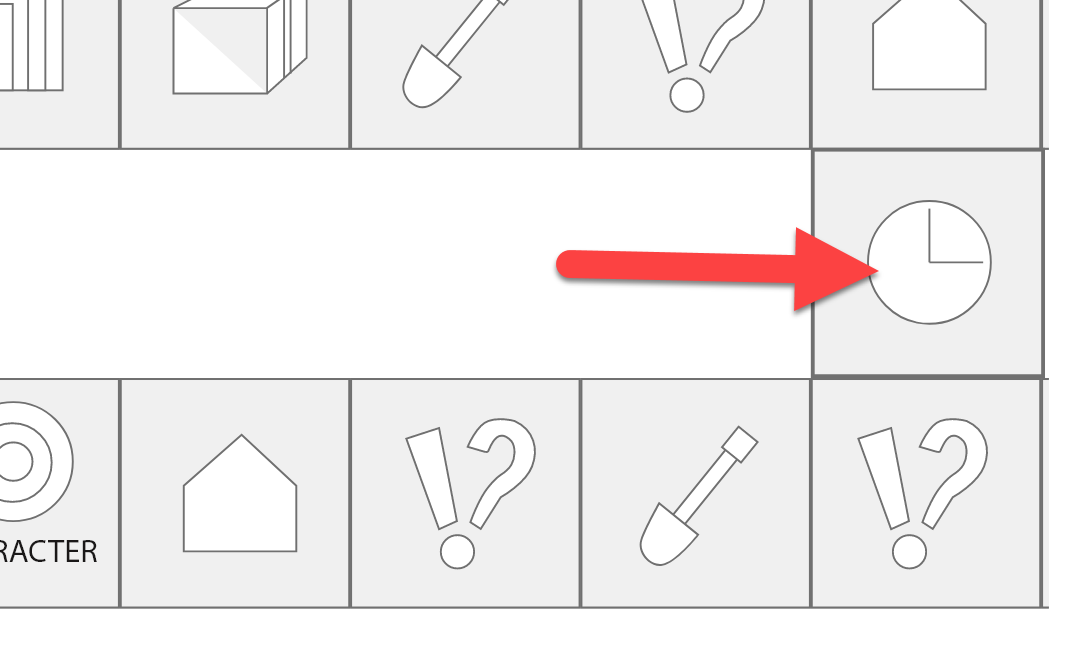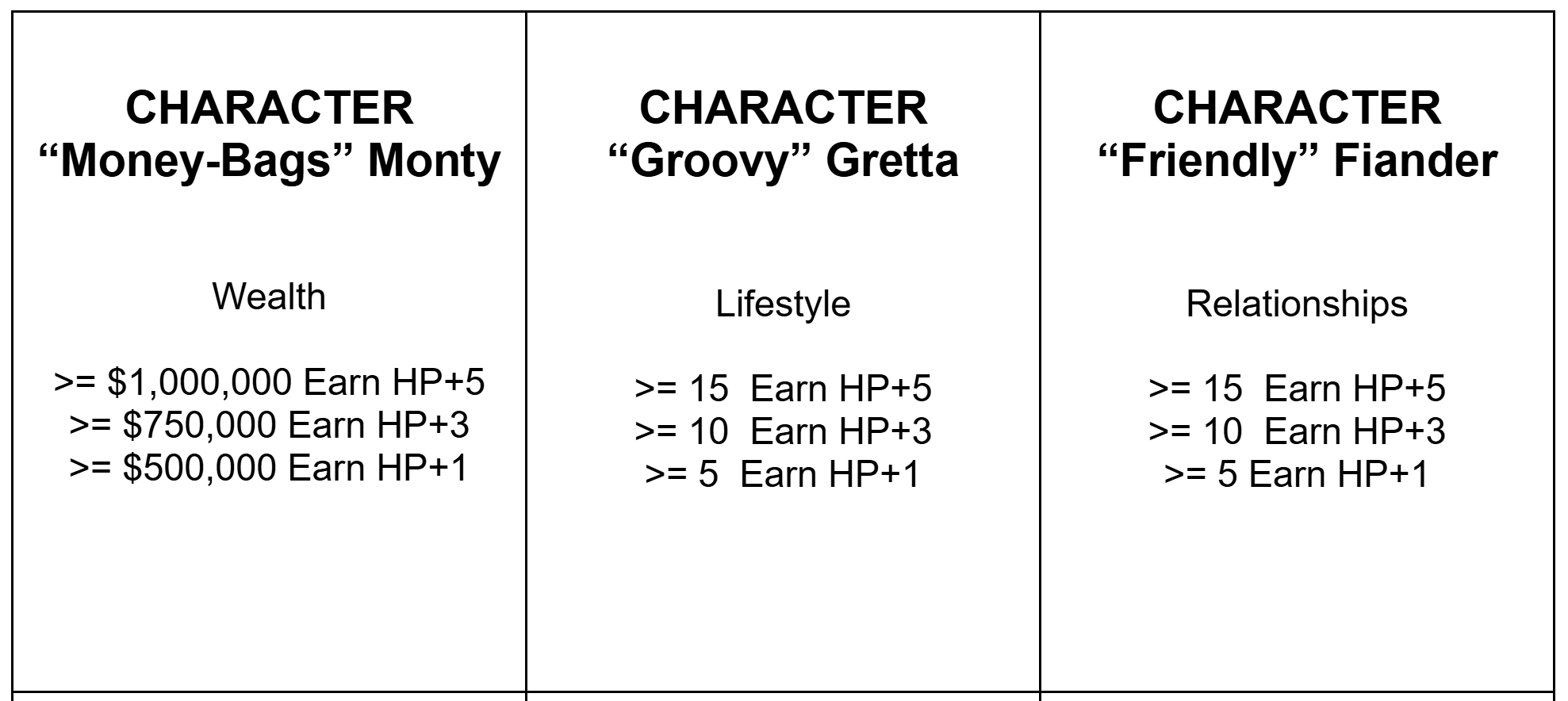
Help Me Design a Board Game — Part 9
Since my last update, I did a quick playtest using the components I shared previously. The test went well and it helped me identify a few important changes which I describe below. Catch up by reviewing Parts 1 to 8.
Playtest?
I should note that these early playtests are very controlled.
With the game components being very rough and the rules not fully defined, it's not useful to just have a bunch of people try to play the game on their own or with some guidance. They would not be able to get far enough to provide meaningful feedback.
Instead, I play the game with one or two other people to directly experience the gameplay in its roughest form. I watch the other player(s) and ask very specific questions along the way to get a sense of how they feel about a particular idea or concept.
It's not so much playtesting the game as it is playtesting specific concepts, actions, or mechanics. More conversation than playing. I expect things not to work at this stage ... but when something doesn't work, the key is to determine if it's not working because of the reason I think — or is it something I did not think about.
This can be difficult to explain in text, so I'll move on.
Observations & Changes Made
(1) The read-the-rules-as-you-go concept seems to be working. But, I need to space out the actions so that you learn one new action then do a familiar action (that you already know how to do) before doing another new action.
So it looks like this: NewAction, Familiar Action, NewAction, Familiar Action, etc. This allows the game to move along faster and not get players bogged down learning something new each time the pawn is moved forward.
Here's what the start of the game now looks like —

(2) Moved some actions (spaces) later in the game. Some actions work better to appear later in the gameplay so I moved those spaces further on the gameboard. Examples are Investing, Loans, and Taxes. This also provides better spacing for players learning new concepts.
(3) DEBT — new space on gameboard. The SAVINGS space combined Debt and Investing but that seemed to be too much for one space, so I now have a separate space on the gameboard for Debt. Debt is an important personal finance concept and we want players to keep it top of mind.

(4) Combined COMMUTE and FREE TIME into the one FREE TIME space. This has a couple of benefits — saves us from having to track players Walking status at the start of the game and removes the uncertainty I had about maybe needing a COMMUTE Deck (with automobiles, etc.) — those are now in the SHOPPING Deck.

(5) New Scoring Method. Previously, HAPPINESS POINTS were to be awarded based on achieving certain thresholds for MONEY, LIFESTYLE, and RELATIONSHIPS. This method was useful in that it required players to properly align their goals to earn points. But it was more complex to manage and increased the likelihood that players would score the same.
So now HAPPINESS POINTS are just a total of all the points earned for MONEY, LIFESTYLE, and RELATIONSHIPS. This simplifies things.

(6) No need for a ME Character card. With the new scoring method, there is no need for a ME card where players define their own custom goals. Choosing to play as a Character should be enough.

Next Steps
I have to implement the changes above and do another playtest. This also requires cards that are more refined in terms of their content.
Share Your Thoughts
Post comments in our Teaching Superhero Community
Am I on track?
Am I missing something?
Do you have any suggestions?
Should I keep posting about this game?
PS: Please only share ideas if you are willing to allow me or anyone following this discussion to use them for free without any obligation. If you contribute an idea that has a significant influence on the design of my game, I will be pleased to gift you a copy of the game.
Receive this newsletter by email —
I'm Mathew Georghiou and I write about how games are transforming education and learning. I also share my experience as an entrepreneur inventing products and designing educational resources used by millions around the world. More about me at Georghiou.com